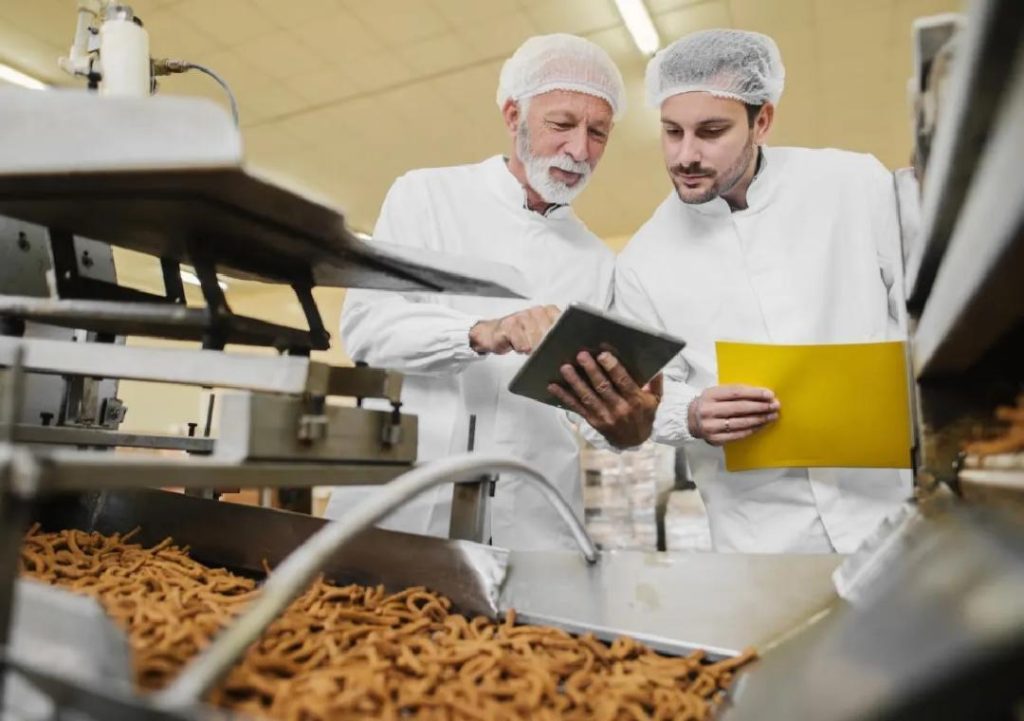
Can P&L Optimisation Redefine Success in Food Technology?
The food technology industry is rapidly evolving, with companies focusing on innovation, sustainability, and efficiency to stay ahead of the competition. One crucial area that can significantly impact a company’s success is profit and loss (P&L) optimisation. By streamlining P&L operations, food tech businesses can cut waste, sharpen demand forecasting, and make better decisions, ultimately leading to improved profitability and sustainable growth.
In recent years, the industry has seen a significant shift towards automation, smart inventory systems, and data analytics to optimize P&L operations. These cutting-edge tools enable companies to identify areas of inefficiency, make data-driven decisions, and optimize their operations to achieve better financial outcomes.
The Importance of P&L Optimisation in Food Technology
In the competitive food technology industry, P&L optimisation is crucial for success. With thin profit margins, companies must be agile and responsive to changes in the market, consumer preferences, and supply chain disruptions. By optimising their P&L operations, food tech businesses can:
- Reduce Waste: Automation and data analytics enable companies to identify and eliminate waste in their operations, reducing costs and improving efficiency.
- Improve Demand Forecasting: Accurate demand forecasting enables companies to adjust production, inventory, and logistics accordingly, reducing the risk of overstocking or understocking.
- Make Data-Driven Decisions: With access to real-time data, companies can make informed decisions about pricing, inventory management, and production planning, leading to improved profitability.
- Scalability: Optimised P&L operations enable companies to scale their business efficiently, ensuring sustainable growth and increased competitiveness.
How Food Tech Companies are Optimising P&L Operations
To achieve P&L optimisation, food tech companies are adopting various strategies, including:
- Automation: Implementing automation solutions, such as robotic process automation (RPA) and machine learning, to streamline tasks, reduce errors, and increase efficiency.
- Smart Inventory Systems: Implementing smart inventory management systems that use data analytics and machine learning to optimise inventory levels, reduce waste, and improve supply chain efficiency.
- Data Analytics: Leveraging data analytics to gain insights into customer behavior, market trends, and operational efficiency, enabling data-driven decision-making.
- Lean Manufacturing: Implementing lean manufacturing principles to eliminate waste, reduce lead times, and improve quality.
- Collaborative Planning: Implementing collaborative planning tools to improve forecasting, inventory management, and supply chain visibility.
Case Studies: P&L Optimisation in Food Technology
Several food tech companies have successfully implemented P&L optimisation strategies, achieving significant improvements in profitability and efficiency. For example:
- Company X: A leading food processing company implemented automation and data analytics to reduce waste and improve demand forecasting. As a result, they reduced costs by 15% and increased profitability by 20%.
- Company Y: A food delivery company implemented a smart inventory system to optimise inventory levels and reduce waste. They reduced inventory costs by 12% and improved delivery times by 30%.
- Company Z: A meal kit company implemented collaborative planning tools to improve forecasting and inventory management. They reduced inventory costs by 18% and increased customer satisfaction by 25%.
Conclusion
P&L optimisation is a critical component of success in the food technology industry. By streamlining P&L operations, companies can reduce waste, sharpen demand forecasting, and make better decisions, ultimately leading to improved profitability and sustainable growth. Food tech companies that adopt scalable models, automation, smart inventory systems, and data analytics will be well-positioned to stay competitive in the industry.
Sources:
https://www.growthjockey.com/blogs/p-and-l-operations-in-food-tech
Note: The above blog post is based on the news article provided and is intended to provide general information and insights on P&L optimisation in the food technology industry.






